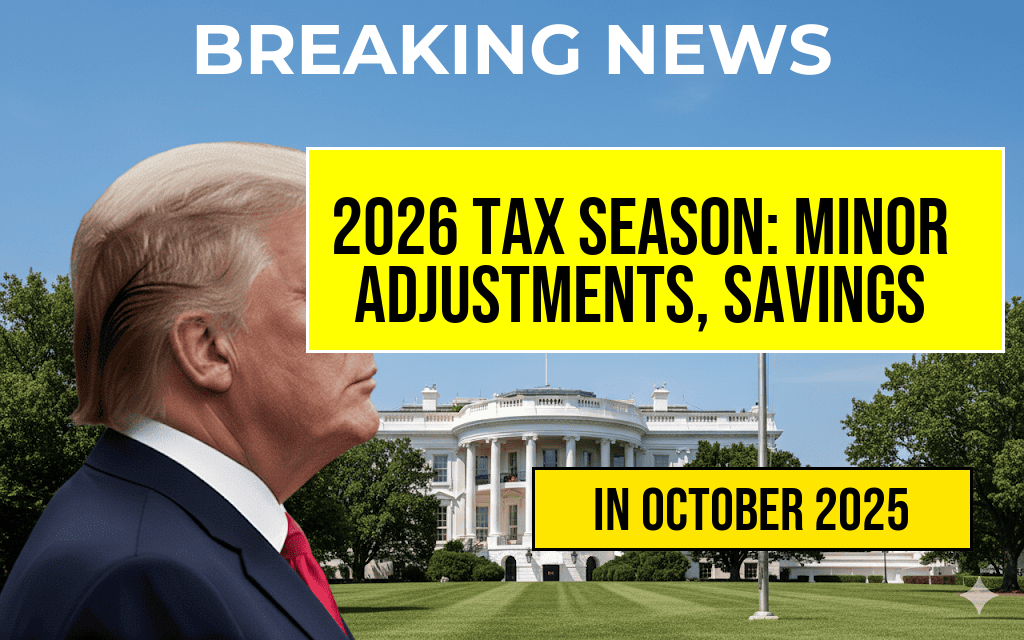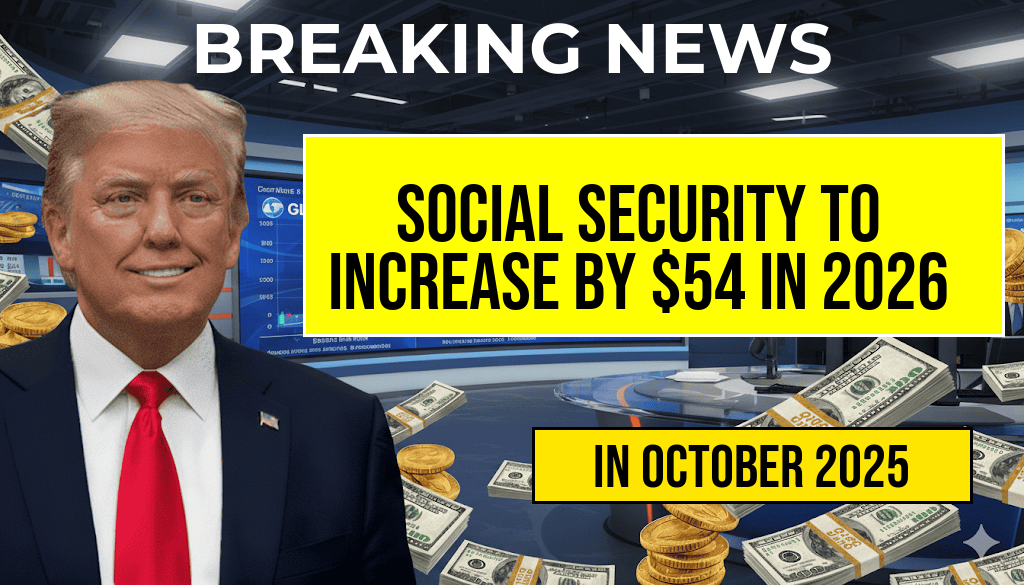As the 2026 tax season approaches, taxpayers may find relief in the form of minor adjustments to income tax brackets, according to a recent forecast by Bloomberg. These changes, while subtle, could lead to savings of hundreds of dollars for many Americans. The adjustments are part of the Internal Revenue Service’s (IRS) annual review, which accounts for inflation and aims to prevent “bracket creep,” where inflation pushes taxpayers into higher tax brackets without a corresponding increase in real income. This year, the adjustments are expected to slightly increase the thresholds for each bracket, benefiting millions of taxpayers across various income levels.
Understanding the Adjustments
The IRS typically revises tax brackets annually, reflecting changes in the Consumer Price Index (CPI). For 2026, Bloomberg’s analysis suggests that these adjustments will be modest but significant enough to impact the average taxpayer’s return.
Projected Changes in Tax Brackets
| Filing Status | Current Bracket Thresholds | Projected 2026 Thresholds | Estimated Savings |
|---|---|---|---|
| Single | $0 – $10,275 (10%) | $0 – $10,500 | $225 |
| Married Filing Jointly | $0 – $20,550 (10%) | $0 – $21,000 | $450 |
| Head of Household | $0 – $14,650 (10%) | $0 – $15,000 | $350 |
Who Will Benefit?
The proposed adjustments will primarily benefit those in lower to middle-income brackets. Single filers, for instance, could see a decrease in the amount of taxes owed due to the slight increase in the threshold for the 10% bracket. Married couples filing jointly may also experience significant savings, potentially easing some financial burdens.
Inflation and Tax Policy
As inflation continues to impact the economy, tax policy adjustments become increasingly critical. The IRS’s method of indexing tax brackets to inflation means that taxpayers are less likely to pay higher taxes simply because of nominal wage increases. This year’s adjustments are a result of ongoing inflation trends, with the CPI indicating a steady rise in consumer prices over the past year.
Impact on Tax Filers
Taxpayers can expect a more favorable tax landscape as they prepare for the upcoming filing season. The anticipated adjustments could provide much-needed relief, particularly for low and middle-income families who often feel the most pressure from rising costs of living. By increasing the income thresholds, the IRS aims to ensure that individuals retain more of their earnings.
- Lower tax burden for low-income earners.
- Potential increase in disposable income for families.
- Encouragement for spending, which could stimulate the economy.
Looking Ahead
Taxpayers are encouraged to stay informed about the adjustments as they prepare for the upcoming tax season. The IRS is expected to release official numbers later this year, providing further clarity on the exact thresholds and any other relevant changes. Financial experts recommend reviewing tax strategies to maximize savings and ensure compliance with any new regulations.
For more detailed information on tax brackets and IRS updates, individuals can visit [IRS.gov](https://www.irs.gov) or refer to comprehensive financial analyses from trusted sources such as [Forbes](https://www.forbes.com) and [Bloomberg](https://www.bloomberg.com) for additional insights.
As taxpayers gear up for the 2026 tax season, the minor adjustments in tax brackets offer a glimmer of hope for many, potentially leading to hundreds of dollars in savings and a more manageable financial outlook.
Frequently Asked Questions
What are the expected bracket adjustments for Tax Season 2026?
According to Bloomberg, minor bracket adjustments are anticipated for Tax Season 2026, which may lead to increased savings for taxpayers.
How will the bracket adjustments impact individual taxpayers?
The bracket adjustments are expected to provide tax relief, potentially resulting in savings of hundreds of dollars for individual taxpayers depending on their income levels.
When can taxpayers expect to see these savings reflected in their returns?
Taxpayers can expect to see the savings from the bracket adjustments when they file their taxes for the 2026 tax year, which typically occurs in early 2027.
Are there any other factors that could influence tax savings in 2026?
Yes, while the bracket adjustments are a significant factor, other elements such as changes in deductions, credits, and overall tax policy could also influence tax savings in 2026.
Who benefits the most from the minor bracket adjustments?
The minor bracket adjustments are designed to benefit a wide range of taxpayers, but those in the middle-income brackets are likely to see the most noticeable savings.






